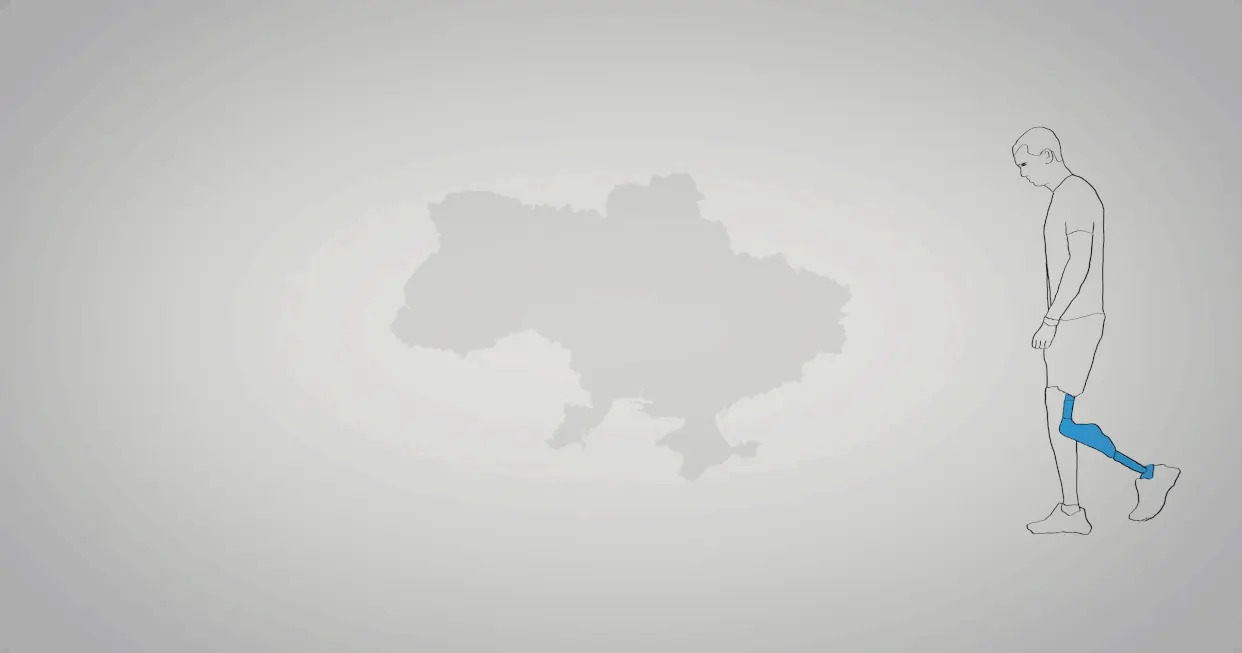
NEW YORK – Yurii Saiko heard the whistling sound from his hospital bed and took cover under his blanket.
A split second later, the window in his room exploded, spraying glass in every direction.
An air bomb had hit the Mariupol hospital where the young Ukrainian marine was recovering from surgery. Six days earlier, his left leg had been amputated after it was nearly blown off in a Russian attack.
Underneath the covers, Saiko removed the wires and tubes that connected him to medical equipment. He took off his clothes, grabbed his crutches, and, fueled by adrenaline, scurried down a corridor.
There, he fainted.
A nurse found him, woke him up and moved him to the hospital basement, where they stayed for the night.
The next day, they would be evacuated. But the danger was far from over.
Staten Island, New York

Five thousand miles from Mariupol – and three years after Saiko’s leg was amputated – a white van pulled up to the front entrance of Staten Island University Hospital. Saiko, seated in the back, wore black shorts, a T-shirt and a new titanium prosthetic. He stumbled out of the vehicle and limped slightly through the hospital’s glass doors.
Now a veteran and former prisoner of war, he had come to the rehab facility to adapt to life with an artificial leg.
Saiko rode an elevator to the second floor and entered Suite 4A, a large room filled with exercise equipment. He headed straight for the treadmill. He climbed onto the machine, grabbed hold of the handrails and, with his right foot, stepped onto the moving belt.
For three days a week this summer – Mondays, Wednesdays and Fridays – this was his routine.
On a sunny morning in late June, his exercise regimen began with small steps: His right foot keeping pace with the treadmill, his left foot stationary, off to the side. Most people shift their weight from one leg to another without much thought. But Saiko has had difficulty putting weight on his prosthetic leg, so the treadmill exercise forced him to do it and showed him how to better control the artificial limb. He adjusted the incline of the running belt after a few steps to simulate walking uphill – and then, back down.
Five minutes later, he moved on to the other machines. Seated leg curls, balance bar kicking drills, arm rotations. He stepped forward and then sideways on a red floor mat while attached to a resistance cord, a drill designed to teach him to walk better on sand, gravel or other unstable surfaces.
The latest in Russia-Ukraine war: A closer look at the map ahead of Trump-Putin meet
Rebecca Gonzalez, a physical therapist who worked with Saiko from the time he started his rehab regimen in late May, said she could see his progress. The exercises helped to improve his hip strength, balance and ability to walk on uneven surfaces.
“That way, when he walks around outside, he can meet everyday challenges,” Gonzalez said.

The human sacrifice inflicted by Ukraine’s three-year-old war with Russia can be measured in many ways. One of the least-noticed barometers is the number of men and women who have lost limbs.
The Ukrainian Health Ministry did not respond to questions about how many Ukrainians have been dismembered. But nonprofit groups that work with Ukrainian soldiers estimate that as many as 50,000 have lost one or both limbs. The high casualty rate is straining Ukraine’s ability to provide artificial limbs to everyone who needs them.
The level of need is staggering, said Jim Lorraine, a former U.S. Air Force flight nurse who served in nine combat deployments.
“What they’re trying to do is figure out how do they get the amputees back into society,” said Lorraine, who heads America’s Warrior Partnership, a nonprofit that has been working with charities and other groups in Ukraine to assist wounded soldiers.
Soldiers who are amputees are left with not only physical scars, Lorraine said, they also must deal with other issues, like how they can continue to provide for their families. Many, like Saiko, come to the United States where they can get top-level prosthetics that are not available to them in Ukraine.
'Unworkable decisions': Zelenskyy rejects conceding land to Russia after Trump suggests "swapping" territories
Saiko’s left leg had been damaged beyond repair in the Russian attack on March 10, 2022.
He and his comrades had come under fire after delivering baby formula, food, clothing and other supplies to three women who had given birth in a hospital bunker where civilians had taken shelter. Russian soldiers spotted them leaving the hospital and pounded them with artillery fire as they headed back to their positions near the Illich Iron and Steel Works plant on the outskirts of Mariupol.
Back at the plant, Saiko waited until the shelling stopped and went to check the condition of their vehicle. Another shell landed near him and exploded. He fell to the ground as shrapnel tore through his chest, nose and the back of his head. His left leg, almost ripped from his body, was held in place only by thin tissue. A hospital in Ukraine later amputated it just above the knee.
The Ukrainian government fitted Saiko with a mechanical prosthetic, a basic artificial limb that used hydraulics and other mechanisms that allowed him to stand, walk and perform other daily activities. But it was too heavy, not particularly functional and required the use of his own body strength to generate movement, Saiko said. Walking just 200 yards would leave him so exhausted that he’d have to sit down and rest.
Through Kind Deeds, a Staten Island-based organization that provides wounded Ukrainian soldiers with prosthetics and pays for their physical therapy, he was fitted with C-Leg 4, a more modern and sophisticated artificial limb equipped with a small computer. The microprocessor takes data collected by sensors and automatically adjusts the leg based on the person’s movement, enabling the owner to walk up or down stairs or on uneven surfaces without thinking about it.
Fifty-four soldiers have received prosthetics and undergone rehab through the program. Gonzalez, who has worked with several of them, said some want to go back into battle as soon as they’ve finished rehab. For others, the focus is on mastering everyday activities, like going to the grocery, riding a bike or running.
The program has been so successful that Ukrainian President Volodymyr Zelenskyy visited the hospital in 2023 to meet with some of the soldiers and present Gonzalez and other hospital personnel with his nation’s Order of Merit, which recognizes achievement in various fields that benefit Ukraine.
Saiko, 30, speaking through an interpreter, said he knows his days as a warrior are over.
Now, he wants to buy a house, raise a garden and live in a small village like he did back when he was a kid. His dreams aren’t all that different from his compatriots’. But for him, they are remarkable.
After losing his leg, he no longer wanted to live.
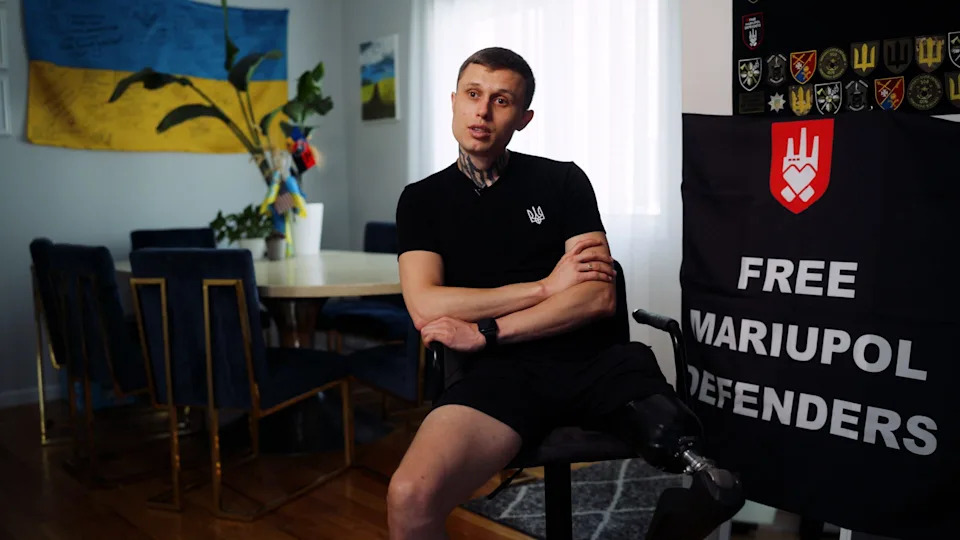
POW camp near Olenivka, Ukraine

Saiko thought of killing himself. Twice.
He had woken up with a strange feeling after his amputation surgery. He felt as if his leg was still attached to his body, but bent – “as if there is a hole in the bed, and my leg is just hanging through the bed.”
When he pulled back the sheet and looked, the reality was too much to bear. But each time he thought of taking his life, Kateryna Polishchuk, a volunteer paramedic, calmed him down. His wife, Elvira, a neurologist, was waiting for him back home, Polishchuk reminded him. His life wasn’t over, she assured him, it was just entering a new phase.
Polishchuk, better known as Ptashka, or Bird, had become his guardian angel. She saved his life, he said.

He’d never had an easy life. Born in a small village in Ukraine, his parents divorced when he was just a year old. He barely knew his father. When he was 13 or 14, his mother abandoned him and an eight-month-old sister, forcing him into parenthood.
“I was changing her diapers, I was ironing her clothes,” he said.
Saiko and his sister moved in with their grandmother, who served as their guardian. He decided to join the armed forces after Russia’s invasion of Crimea in the Ukraine in 2014, but he was rejected because, with neither of his parents in the picture, he was classified as an orphan. He signed up with a voluntary corps instead and was dispatched to Crimea to defend the Ukrainian border. Two years later, he was finally admitted into Ukraine’s marine corps.
Bromance to bitterness: Trump-Putin relationship full of twists and turns
A decade passed, and now he was here, imprisoned in a POW camp near Olenivka, Ukraine, just weeks after losing his leg. The living conditions were dirty and overcrowded. Four prisoners had to take turns using a bunk bed just to grab a few hours of sleep. The prisoners were beaten and denied nutritious meals. Always hungry, they talked nonstop about food.
“They treated their dogs better than us,” Saiko said.
He ended up in the camp about two months after his evacuation from the hospital. He’d hidden in bunkers with other Ukrainians for a couple of weeks, still nursing his amputation wound. A medical team fed him antibiotics to keep infection from setting in. He learned to wrap the wound with bandages himself to keep it clean.
Eventually, he took shelter with thousands of other Ukrainian soldiers and civilians at the Azovstal Iron and Steel Works plant, a massive facility in Mariupol. The plant would become the scene of one of the war’s longest and bloodiest battles as malnourished and outnumbered Ukrainian soldiers tried to stop the Russians from taking the strategic port city.
Saiko, who had been so eager to fight for his country, could now only watch. Unable to stand on his own, how could he help his fellow soldiers?
The Ukrainians surrendered upon orders from their commander-in-chief on May 16, 2022. The Russians brought Saiko and others to the POW camp, where he said, they were subjected to psychological and physical torture. Saiko and others who had lost limbs were often targeted for abuse.
A warning: President Trump says Zelenskyy should not target Moscow with strikes
One day, in a hallway outside a prison cell, Russian soldiers ordered Saiko and some other POWs to undress and stand against a wall. Saiko didn’t have his crutches, so he leaned his head against the wall to help him keep his balance. One of the Russians punched his right leg, knocking him to the ground. The Russians beat him for several minutes, giggling at the sight of their naked, one-legged prisoner writhing on the hard floor.
After 43 days of captivity, he gained his freedom in June 2022 as part of a prisoner exchange with the Russians.
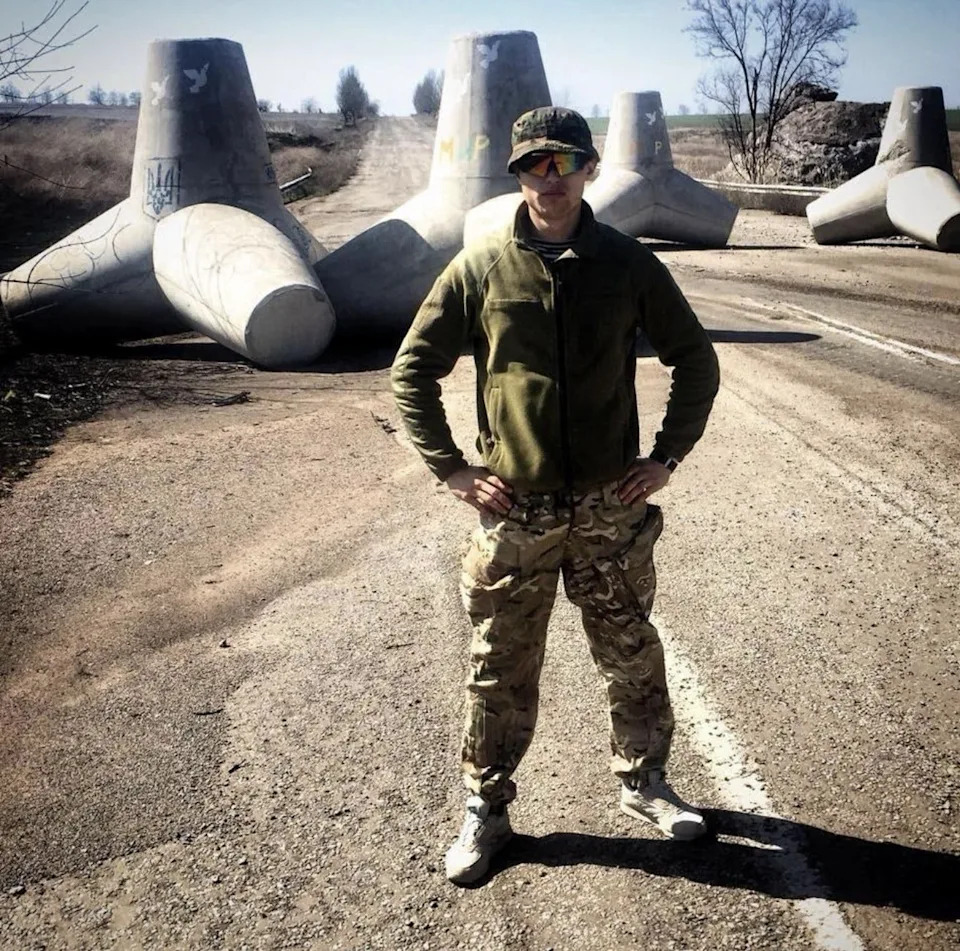
Back in Mariupol, doctors removed shrapnel from his heart and performed another surgery on his leg. A bone had been left protruding after his first operation and was putting pressure on other tissue, causing pain and leaving him unable to use a prosthetic.
Doctors sawed off part of the bone, smoothed and flattened the rest and closed the wound with skin and soft tissue.
Staten Island, New York

For most adults, walking is instinctive, an act of human nature as spontaneous as breathing. You don’t think about your gait, your steps, how your foot hits the ground or locking your knees when you’re about to fall. You just do it.
It’s different with a prosthetic leg. The first time Saiko tried out his artificial limb, “I was learning to walk as if I were a child again,” he said.
Dmitry Shevchenko, the clinical director of Kind Deeds and one of its founders, said he hears that often when patients are given a prosthetic leg. When you have an artificial leg, movements that used to come naturally are a lot more challenging. “Now you have to think,” he said.
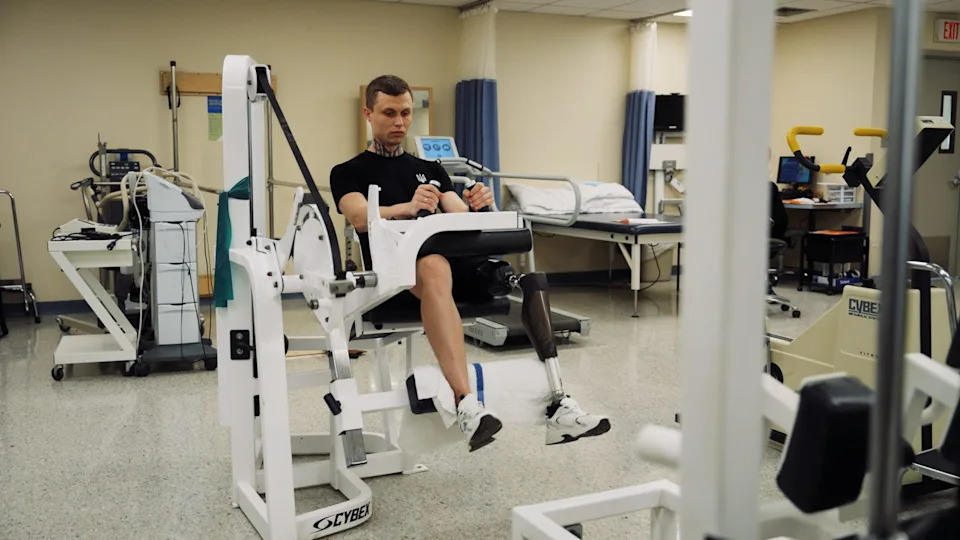
When Saiko was given his first artificial leg, he spent an hour just getting used to it. Then he walked for an hour. The next day, he was so sore and in so much pain that he was unable to put the prosthetic back on.
Four months would pass before he felt like he had truly mastered his artificial limb. In some ways, he said, the learning curve was like riding a bicycle. “For all of the swaying and shaking and falling down, with practice, it rides very smoothly,” he said.
He had even more to learn when he was fitted this summer with his modern, microprocessor-equipped prosthetic.
'We need to keep living': What life is like for Ukrainians a year into Russia's invasion
The new limb is more functional than his old mechanical leg, which makes walking easier. With the old leg, extending his knee or taking a step was harder. The new leg comes with built-in settings and sensors that read his movements and automatically adjust depending on his gait or whether he’s walking uphill or on uneven surfaces like sand. An app on his mobile phone allows him to manually adjust the settings if, for example, he wants to ride a bike or walk faster.
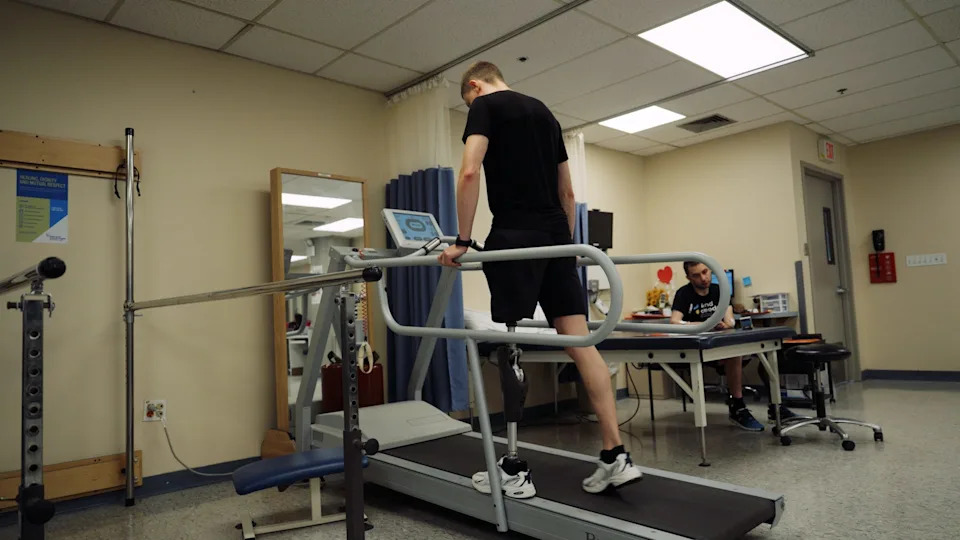
For users, the difference between going from a mechanical leg to a computerized one is “almost like going from a manual transmission in an old car to getting in a fancy new car that does a lot of different things,” Shevchenko said.
Saiko can tell the difference in practical ways. The new leg is lighter and doesn’t require as much body strength to take a step, which means he can walk farther, Saiko said. He can now walk a kilometer (roughly 1,100 yards) without stopping or feeling fatigued.
“Now, I’m trying to live my life to the fullest and get the best out of it,” he said.
And that meant going back home to Odesa, Ukraine, a southern port city on the Black Sea.
There will still be challenges. Ukraine doesn’t have a lot of accommodations for people with disabilities, he said. He lives on the 13th floor of an apartment building. One time, the elevator went out and he had to climb the stairs with a backpack.
Much of his life has been dedicated to the military and war with Russia, so he’s still sorting out what comes next. He has developed a following on TikTok and communicates regularly with his followers, who are helping him adjust to life as a civilian. The venture has helped him to earn some money.
Three months after his trip to America, Saiko was ready to return to Ukraine.
In some ways, the journey that began at the Mariupol hospital had come to an end. So he boarded a plane at John F. Kennedy International Airport on Aug. 4 and returned to Ukraine.
Back to his family. Back to a nation at war. To start over, as a citizen.
Michael Collins writes about the intersection of politics and culture. A veteran reporter, he has covered the White House and Congress. Follow him on X @mcollinsNEWS.
This article originally appeared on USA TODAY: Ukraine-Russia war's hidden toll and one soldier's painful journey



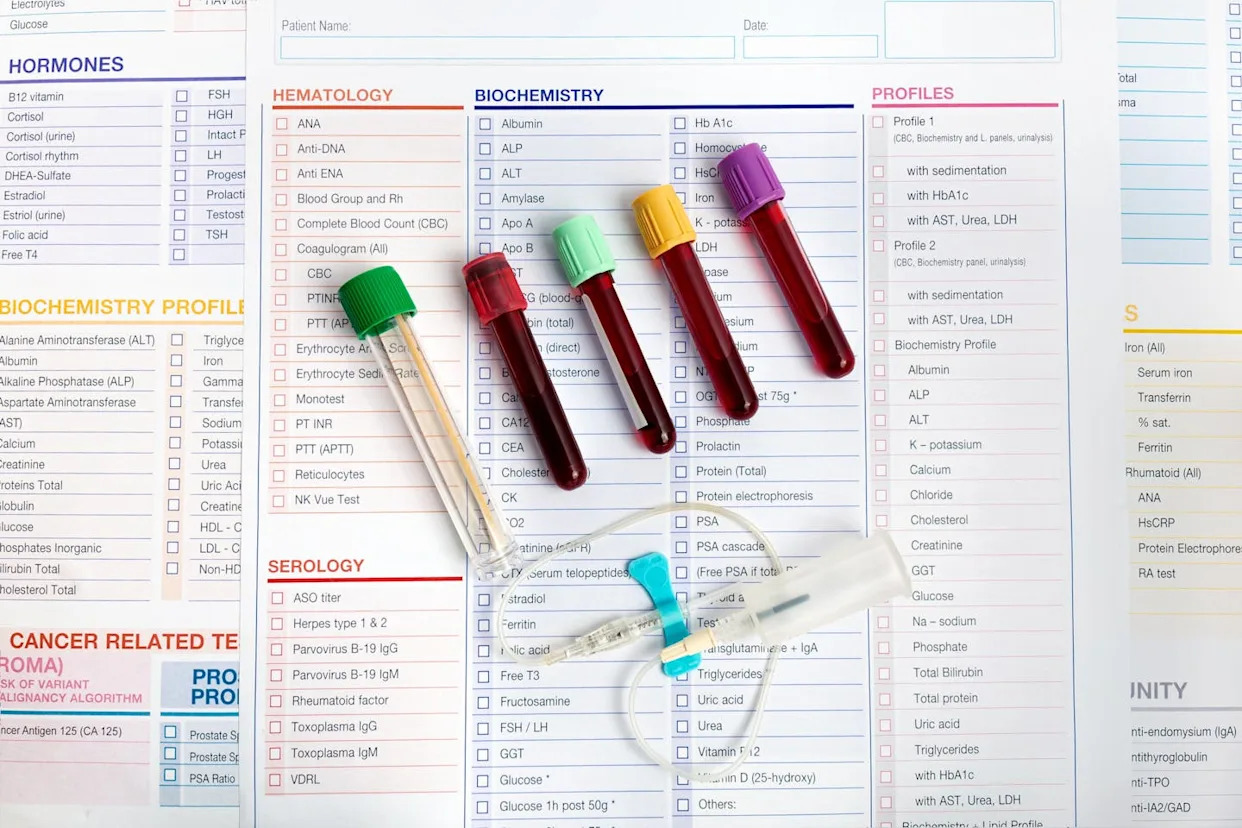

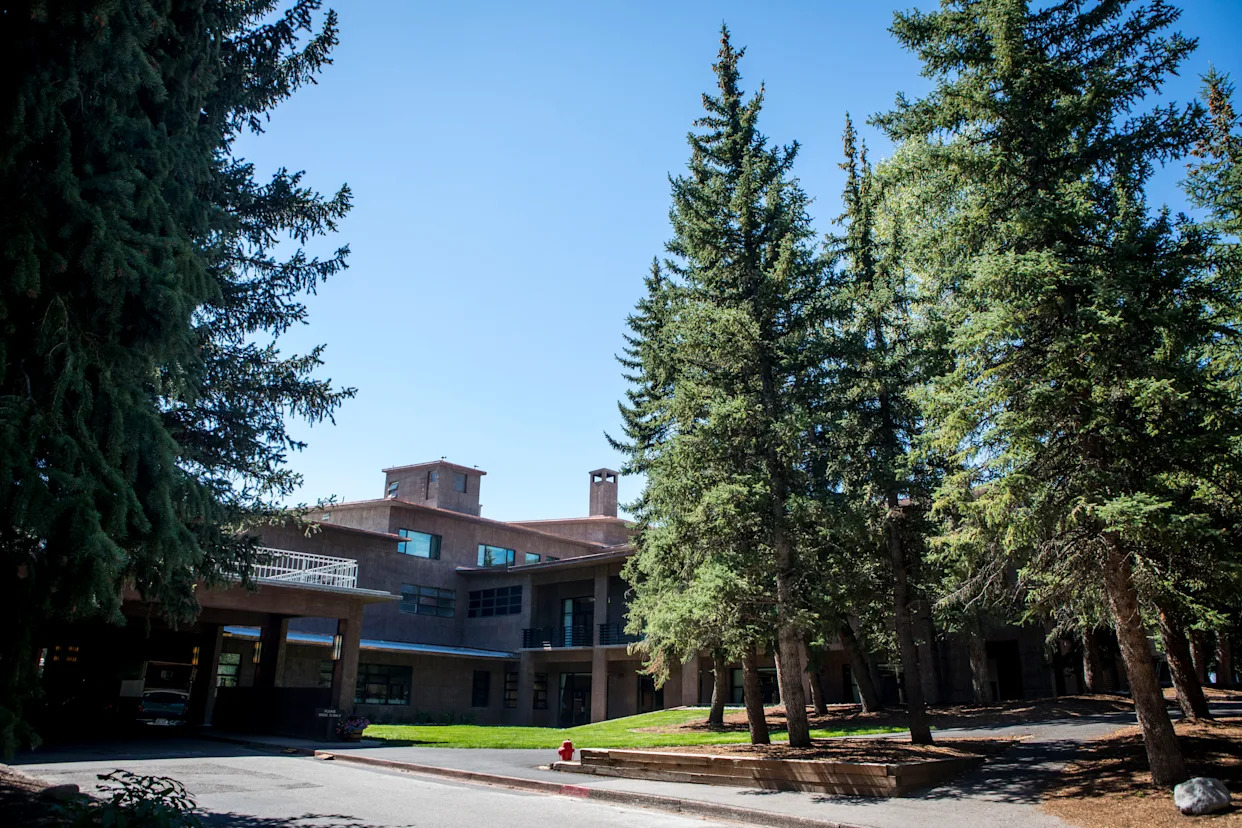

Comments